Luca Guadagnino to Curate Artistic Direction of Homo Faber Artisan Exhibition in Venice
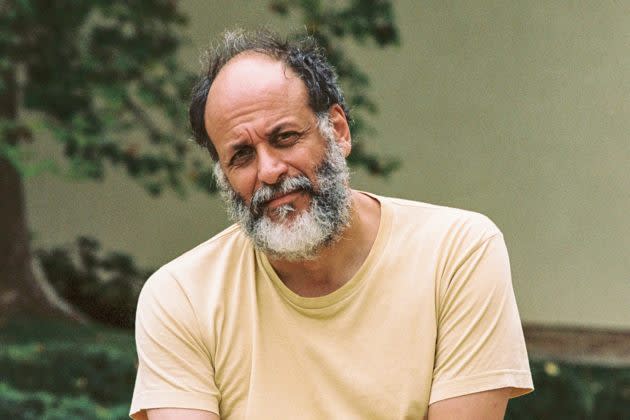
MILAN – If more than 300 artisans from 50 countries, 400 handcrafted objects and the participation of key luxury brands weren’t enough, the involvement of Luca Guadagnino is surely set to generate hype around the third edition of the Homo Faber artisan exhibition, which will run in Venice Sept. 1 to 30.
The “Challengers” and “Call Me by Your Name” director will oversee the artistic direction of the biennial event, which champions artisanal talent by showcasing a variety of materials, techniques and skills through live demonstrations, immersive experiences and unique creations in the majestic spaces of Fondazione Giorgio Cini, on the island of San Giorgio Maggiore.
More from WWD
The event is organized by the Geneva-based Michelangelo Foundation for Creativity and Craftsmanship nonprofit, which was established by Compagnie Financière Richemont’s chairman Johann Rupert and Italian entrepreneur Franco Cologni with the mission to promote, encourage and preserve fine artisanal practices in different fields.
In particular, this edition will be themed “The Journey of Life,” building on an idea of Michelangelo Foundation’s vice president Hanneli Rupert. Guadagnino, who also helms a namesake design studio, has worked with architect Nicolò Rosmarini to explore and develop the concept creatively and imagine the immersive scenography and installations that will guide visitors through the exhibit.
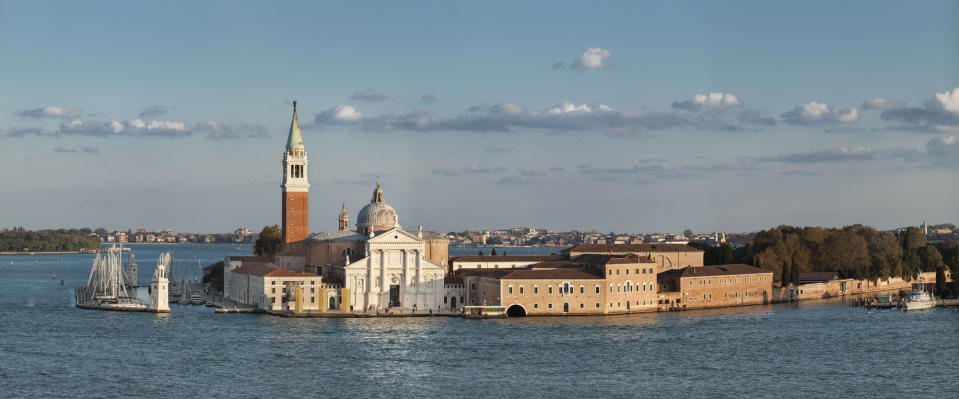
As teased by the foundation’s executive director Alberto Cavalli during a presentation here Wednesday, one of the main points of difference of the new showcase compared to previous editions will be the creation of a specific exhibition path to follow, as the overarching idea is to guide visitors through a 10-stop journey “that mirrors the one of life,” from infancy to afterlife.
Hence craftsmanship will become the vehicle for celebrating key stages of life, from travels to love stories, said Cavalli. The entrance will be through an open-air maze that will represent birth, to be followed by an area showcasing ludic objects and evoking the process of growing up and learning through games.
Another hall will be themed after celebrations and conviviality, with designs nodding to feasts and food, while the “Sala delle Fotografie” space will touch on the theme of inheritance via photography and videos spotlighting the stories of family-run businesses which are passing down traditions and skills from one generation to another.
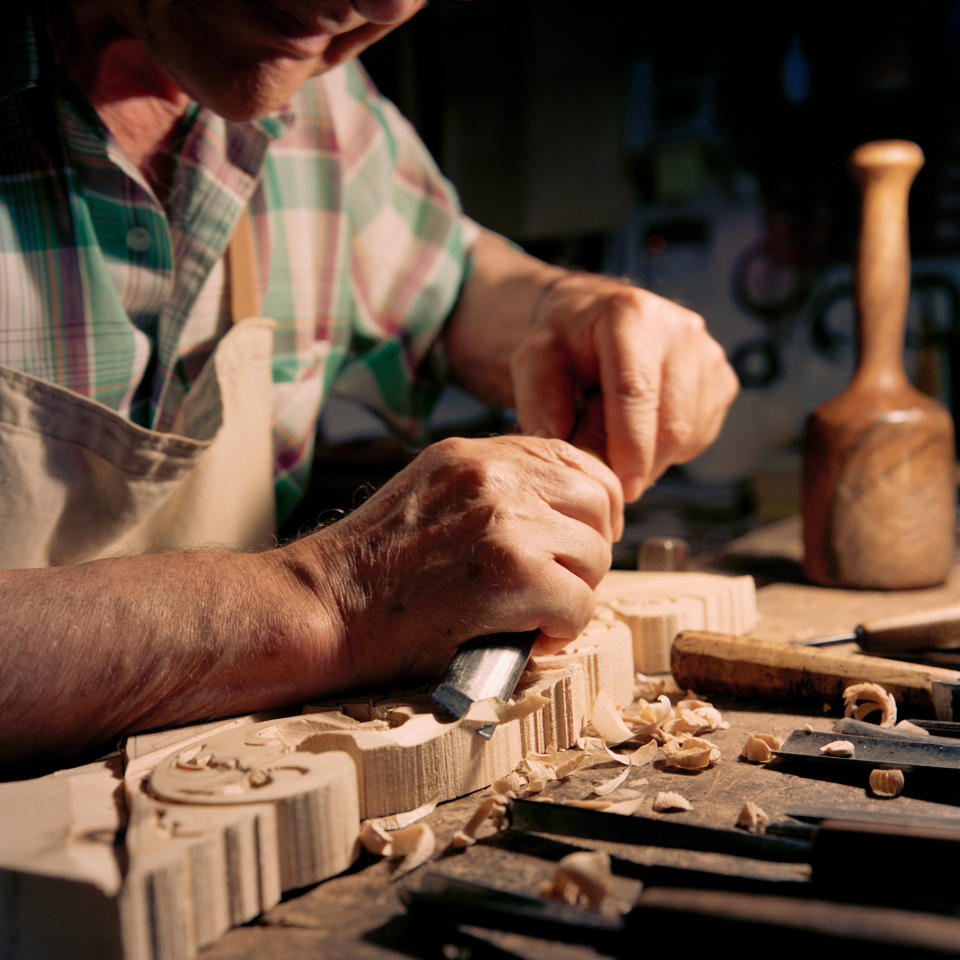
Cavalli said the two central halls of the space will be dedicated to “what’s at the core of our life: love.” One themed after courting and the other after unions, these areas will showcase objects and live demonstrations by artisans from Richemont brands such as Buccellati, Van Cleef & Arpels, Vacheron Constantin and Serapian, among others.
Cartier and Jaeger-LeCoultre will be spotlighted in a new space themed after nature, a former printing plant that the foundation helped restore and which will open its doors to the public for the first time after 40 years.
While Alaïa will be the brand displayed in the Piscina Gandini swimming pool, the exhibition path will end in the location that formerly housed a nautical school. Here, an area will focus on the afterlife, seen “more as a celebration of what has been built throughout life via poetic objects,” said Cavalli.
Another one will be dedicated to fellowship and skill transmissions across generations, shedding a light on craftsmen from houses such as IWC, Montblanc, Piaget and Santoni and independent artisans and the objects they crafted together.
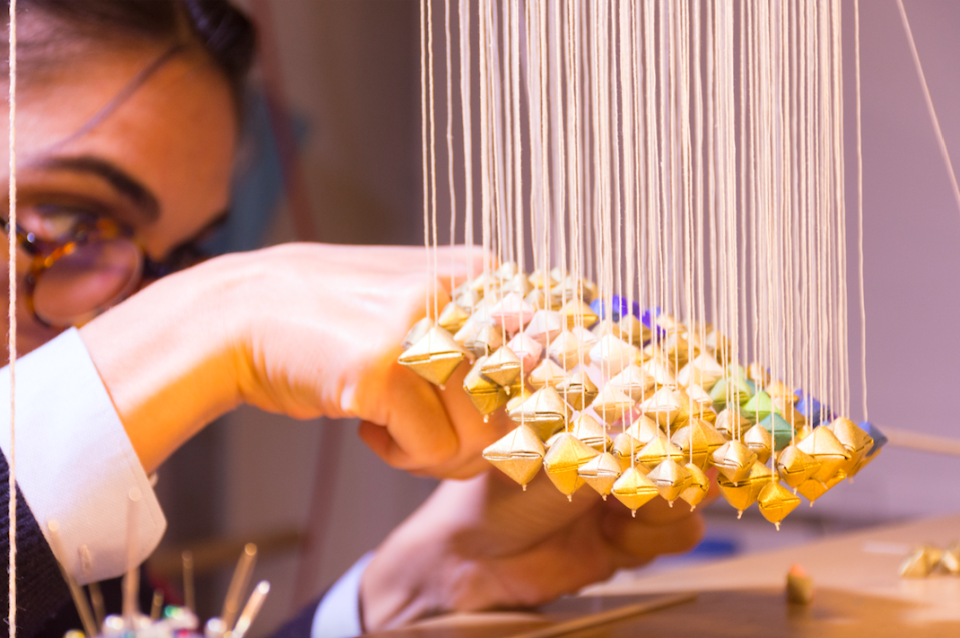
“Santoni’s participation represents an extraordinary opportunity for us to share our dedication to high-quality craftsmanship with a passionate international audience, and confirms how the interaction between tradition and innovation is crucial when it comes to high craftsmanship,” said Giuseppe Santoni, chairman and executive president of the Italian footwear company.
“The luxury supply chain is complex: it begins with intangible values such as education to [recognize] beauty, it becomes concrete in high-quality products and can’t leave out of consideration the transmission of the culture of making to the new generations,” he continued. “And it is precisely this interactive and continuous exchange, which we see come to life every day in our laboratories in Corridonia, that we are proud to narrate visually also in the context of such a prestigious cultural and artistic exhibition.”
While 65 young ambassadors dressed in uniforms conceived by Guadagnino’s collaborator and costume designer Giulia Piersanti will be enlisted to assist visitors in their Homo Faber journey, bespoke pop-up restaurants and culinary experiences developed with Michelin star restaurant Local and rising star chef Salvatore Sodano will add to the showcase, including a tea room furnished by Cappellini that will feature objects and a menu inspired by travel.
In addition, visitors will be invited to test their skills through laboratories and workshops, ranging from book-binding to crafting paper world maps. Those still craving more knowledge on crafts will also have the opportunity to explore around 70 local artisan workshops, ateliers and galleries scattered around Venice, which will open their doors to the public upon pre-booking during Homo Faber.
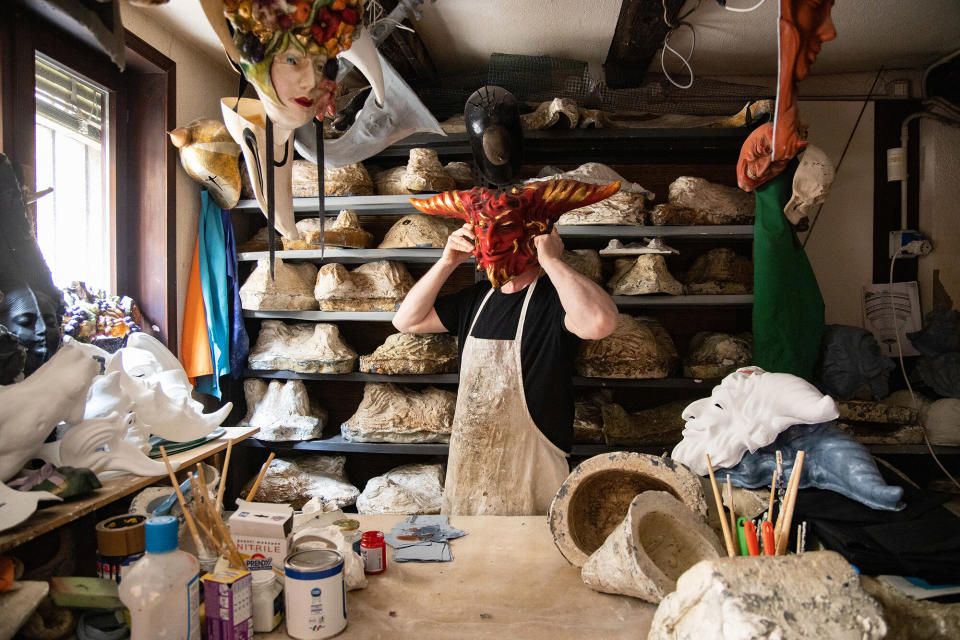
“Very often, artisans feel alone or isolated, while for us it’s important that they feel part of community,” said Cavalli. To this end, the foundation launched the Homo Faber Guide, a constantly updated digital travel companion enabling users to discover ateliers, craftsmen’s stories and entire territories through the point of view of artisans by offering tips and journeys in different cities. So far the guide covers 46 countries and also has local city ambassadors sharing their suggestions.
“We’re investing a lot in technology, to make people realize it can be a tool supporting these crafts rather than an enemy to their art,” said Cavalli.
Another axis of investment of the Michelangelo Foundation is the engagement of a new generation of artisans. The organization launched the Homo Faber Fellowship education program helping to professionally integrate young talents into the crafts sector by pairing them with master artisans.
The program debuted last year with a six-month fellowship involving 21 talents from Spain, Portugal, France, Ireland and Greece. It also incorporated a monthlong entrepreneurial and creative masterclass certified by the ESSEC Business School at Joana Vasconcelos’ studio in Lisbon. At its completion, artisans started to work on projects that were showcased during London Craft Week last week, when 25 new talents for the next chapter of the fellowship were selected. The new masterclass will be offered in Venice during Homo Faber this year.
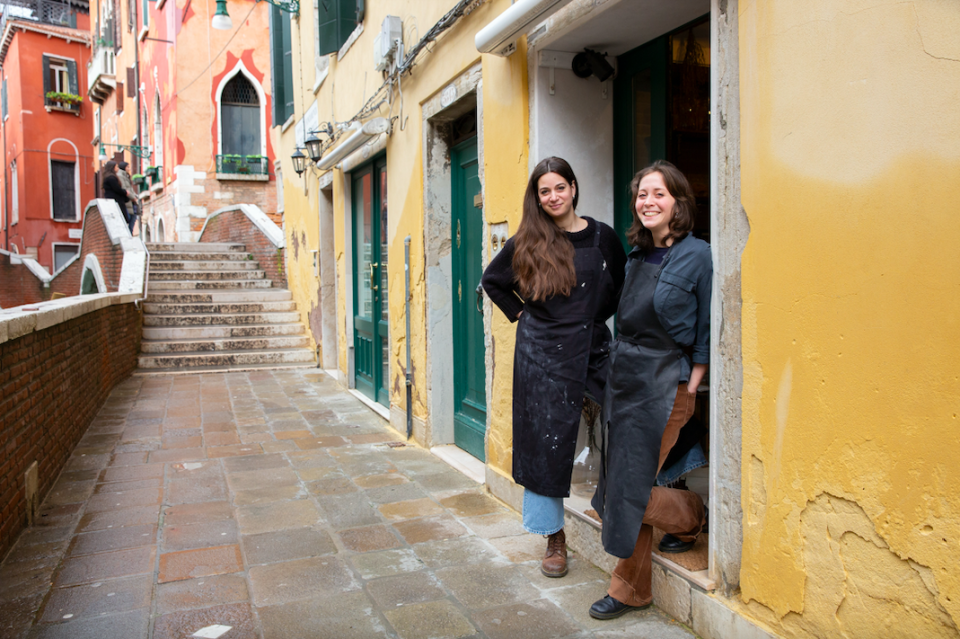
The inaugural edition of Homo Faber was staged in 2018 as a celebration of European craftsmanship and the value of the human touch. It attracted more than 60,000 visitors in two weeks, which encouraged organizers to repeat it. As reported, the sophomore iteration in 2022 celebrated European and Japanese talents and the interconnections between the two countries through shows conceived by 22 renowned curators and designers, including architects Michele De Lucchi and Stefano Boeri; museum director David Caméo; American director and visual artist Robert Wilson, and fashion exhibition designer Judith Clark, among others.
Best of WWD

 Yahoo News
Yahoo News 
